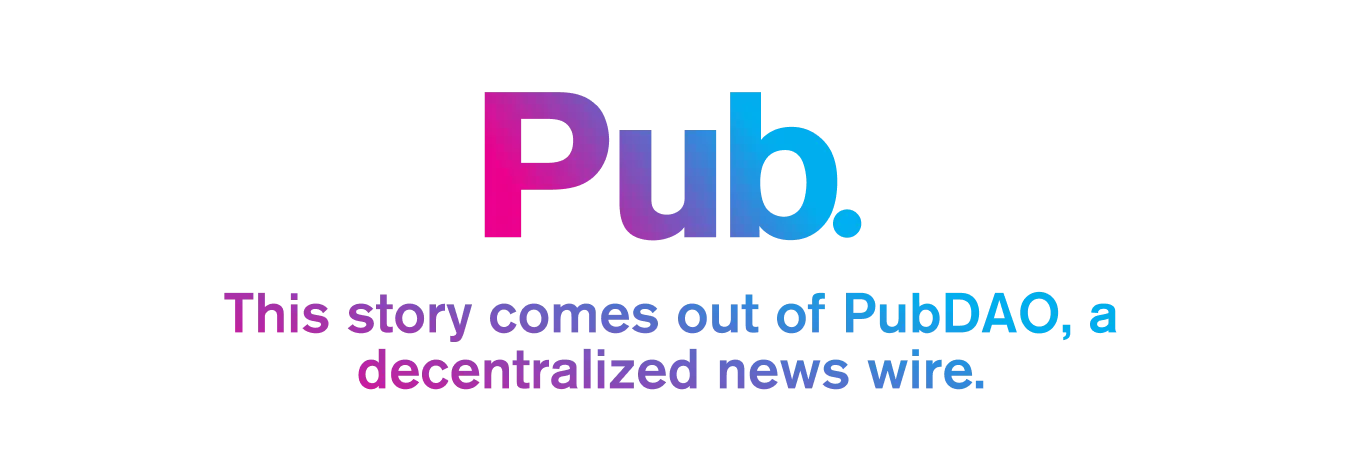Since decentralized finance (DeFi) first exploded in 2020, the majority of DeFi projects have been built on the Ethereum blockchain.
Bitcoin holders who want to access DeFi have often chosen to use wrapped versions of Bitcoin such as WBTC. This has allowed them to use tokens pegged 1:1 to Bitcoin.
But in 2021 and 2022, there have been big changes in the world of DeFi. Not only have potential “Ethereum killers” such as Solana taken DeFi market share away from Ethereum, there has been increasing growth and viability to DeFi projects built around the Bitcoin blockchain itself.
What is DeFi?
DeFi products are tools built predominantly on Ethereum that aim to revolutionize and replace the current methods of borrowing, lending, and banking. DeFi has also given rise to relatively new concepts such as yield farming.
The aim of DeFi is to make the world of finance available to all—or, at least, to anyone with an internet connection.
What does Bitcoin have to do with DeFi?
The majority of DeFi platforms are still built on smart contract platforms such as Ethereum. But there are a lot of people who own Bitcoin who want to get involved too. This has led to a range of solutions being created to help Bitcoin holders invest in DeFi.
Bitcoin is the biggest cryptocurrency by market cap, so there’s unsurprisingly a demand for solutions among Bitcoin holders.
How does Bitcoin DeFi work?
Bitcoin DeFi works in different ways depending on the blockchain where it's deployed.
Bitcoin DeFi built on Ethereum:
To use Bitcoin on Ethereum, Bitcoin holders need to use a token such as Wrapped Bitcoin (WBTC). Wrapped Bitcoin is essentially a 1:1 representation of Bitcoin that can be used on other blockchains. On Ethereum, the Wrapped Bitcoin (WBTC) ERC-20 token can be used on DeFi platforms just like any other asset on the Ethereum blockchain.
2) Wrapped Bitcoin (WBTC) is the first ERC20 token backed 1:1 to Bitcoin. It’s aiming to bring the representative and new use-cases of Bitcoin into Ethereum blockchain. pic.twitter.com/NtaKbZvsdm
— WBTC (@WrappedBTC) May 23, 2019
A Bitcoin holder could convert Bitcoin to WBTC, and then borrow against WBTC to borrow stablecoins using a platform such as MakerDAO. Those stablecoins can then be reinvested back into the DeFi ecosystem. This strategy carries the risk that the WBTC used as collateral may be liquidated.
Bitcoin DeFi built on Stacks:
Stacks, like Bitcoin, is an independent layer-1 blockchain. The Stacks and Bitcoin networks are connected through a process called Proof-of-Transfer. To mine Stacks, miners need to send Bitcoin to the Bitcoin network. Multiple transactions on the Stacks network can correspond to one transaction on the Bitcoin network.
A range of DeFi applications are possible on the Stacks blockchain, from “stacking” the Stacks token to earn rewards in Bitcoin, to exploring decentralized applications (dapps) that offer familiar DeFi strategies such as staking and yield farming.
Bitcoin DeFi built on Rootstock (RSK):
The RSK blockchain works as a sidechain to the Bitcoin blockchain and uses Smart Bitcoin (RBTC) as its utility token. RBTC is used to pay smart contract fees on the RSK blockchain just as ETH is used to pay fees on the Ethereum blockchain.
Smart Bitcoin (RBTC) is pegged 1:1 to the price of Bitcoin (BTC). As the RSK blockchain is a sidechain of Bitcoin, there is a two-way peg between RBTC and BTC, and the two assets can be sent back and forth interchangeably between the two blockchain networks.
Using Bitcoin DeFi to generate passive income
Why would someone want to put their Bitcoin into DeFi when they could get into DeFi by buying Ethereum directly? Many people hold Bitcoin as a store of value. Using Bitcoin for DeFi, though not without risks, can potentially unlock passive income on top of that store of value.
What are some Bitcoin DeFi projects?
- Wrapped Bitcoin (WBTC) - An ERC-20 token on the Ethereum blockchain pegged 1:1 to the price of Bitcoin and backed by an equivalent amount of Bitcoin held in a digital vault. Originally started by BitGo, Ren, and Kyber, WBTC is now maintained and managed by the WBTC DAO.
- Ren VM - A network that allows cryptocurrencies including Bitcoin to be wrapped and sent to other blockchains using the RenBridge.
- RSK (Rootstock) - A smart contract blockchain operating as a Bitcoin sidechain and supporting several DeFi platforms.
- BadgerDAO - A decentralized autonomous organization (DAO) offering solutions for using Bitcoin in the DeFi ecosystem, BadgerDAO fell victim to a $120 million hack in late 2021.
- Stacks - An independent layer-1 blockchain linked to the Bitcoin network and supports a range of dapps.
What’s the future of Bitcoin DeFi?
As of May 2022, nearly $9 billion worth of Bitcoin was locked into Wrapped Bitcoin (WBTC). That’s up from a market cap of just over $4 million (not billion) dollars at the start of 2020.
While the rise of WBTC is just one metric that shows an increase in Bitcoin holdings flowing into DeFi, there are now a growing number of avenues that Bitcoin holders can use. Which Bitcoin DeFi platforms and protocols are most successful will depend on their long-term security and durability, as well as the rewards offered to investors.




